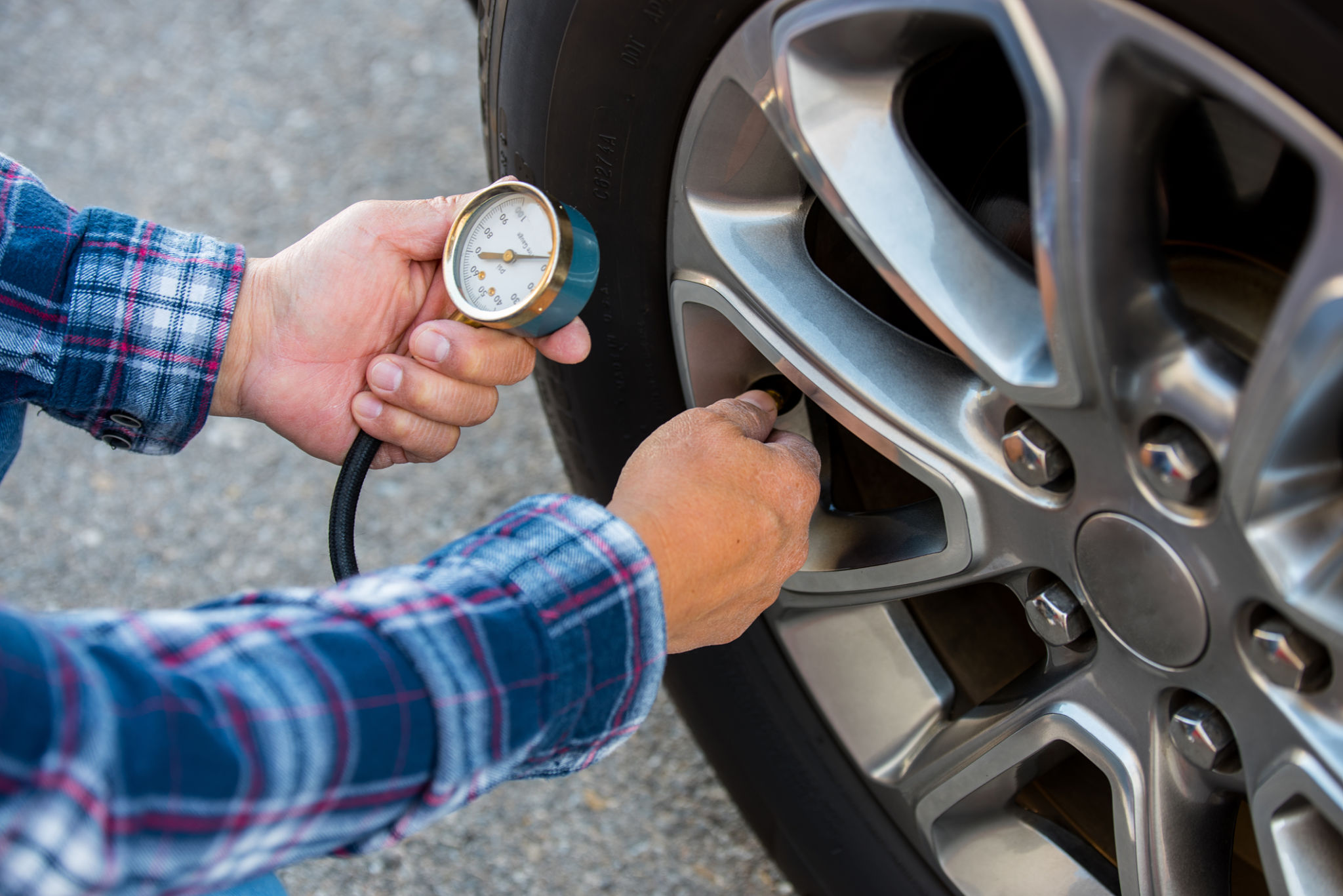Top 5 DIY Fleet Vehicle Maintenance Checks You Can Perform Today
Introduction to DIY Fleet Vehicle Maintenance
Maintaining a fleet of vehicles can be a daunting task, especially if you're a small business owner trying to keep costs down. Regular maintenance is crucial for ensuring that your fleet operates efficiently and safely. Fortunately, there are several DIY maintenance checks you can perform to keep your vehicles in top shape without the need for professional help. Here are the top five DIY fleet vehicle maintenance checks you can perform today.

1. Check and Top Off Fluids
One of the simplest yet most important maintenance tasks is checking the fluid levels in your vehicles. This includes engine oil, coolant, brake fluid, power steering fluid, and windshield washer fluid. Keeping these fluids at optimal levels ensures that your vehicles run smoothly and helps prevent costly repairs down the line.
How to Check Fluid Levels
To check the fluid levels, ensure the vehicle is on a level surface and the engine is cool. Use the dipstick to check the engine oil level, and inspect the reservoirs for other fluids. If any levels are low, top them off with the recommended fluids as specified in the vehicle's manual.
2. Inspect Tire Condition and Pressure
Tires are a critical component of any vehicle, impacting both safety and fuel efficiency. Regularly inspecting tires for wear and tear and maintaining proper tire pressure can extend their lifespan and improve vehicle performance.

Tire Maintenance Tips
Inspect tires for any signs of damage such as cuts, punctures, or uneven wear. Use a tire pressure gauge to check that each tire is inflated to the manufacturer's recommended level. Don't forget to check the spare tire as well.
3. Test Battery Health
The battery is the heart of your vehicle's electrical system. A well-maintained battery ensures your vehicles start reliably and helps avoid unexpected breakdowns. Testing battery health is a simple task that can save you from future headaches.
Battery Testing Procedure
Use a multimeter to check the voltage of the battery. A fully charged battery should read around 12.6 volts or higher when the engine is off. Clean any corrosion from the terminals and ensure connections are tight.

4. Examine Brake System
A properly functioning brake system is essential for safe driving. Regularly examining the brake system can help identify potential issues before they become serious problems. This includes checking brake pads, rotors, and fluid levels.
Brake Inspection Tips
Listen for any unusual noises when braking, such as squeaking or grinding, which may indicate worn brake pads. Visual inspection of brake pads through the wheel spokes can also help assess their condition. Ensure that brake fluid levels are adequate.
5. Assess Lights and Signals
Your fleet vehicles' lights and signals are vital for communication with other drivers and ensuring visibility during various driving conditions. Regularly checking that all lights are functioning properly is crucial for safety.
Light Inspection Guidelines
Turn on each light and signal individually to ensure they work correctly. This includes headlights, taillights, brake lights, turn signals, and hazard lights. Replace any bulbs that are burnt out or dim.

Conclusion: Keeping Your Fleet in Top Shape
Performing these DIY maintenance checks on your fleet vehicles can significantly enhance their performance and lifespan while saving you money on professional services. By taking a proactive approach to maintenance, you ensure that your vehicles remain reliable assets to your business operations.
